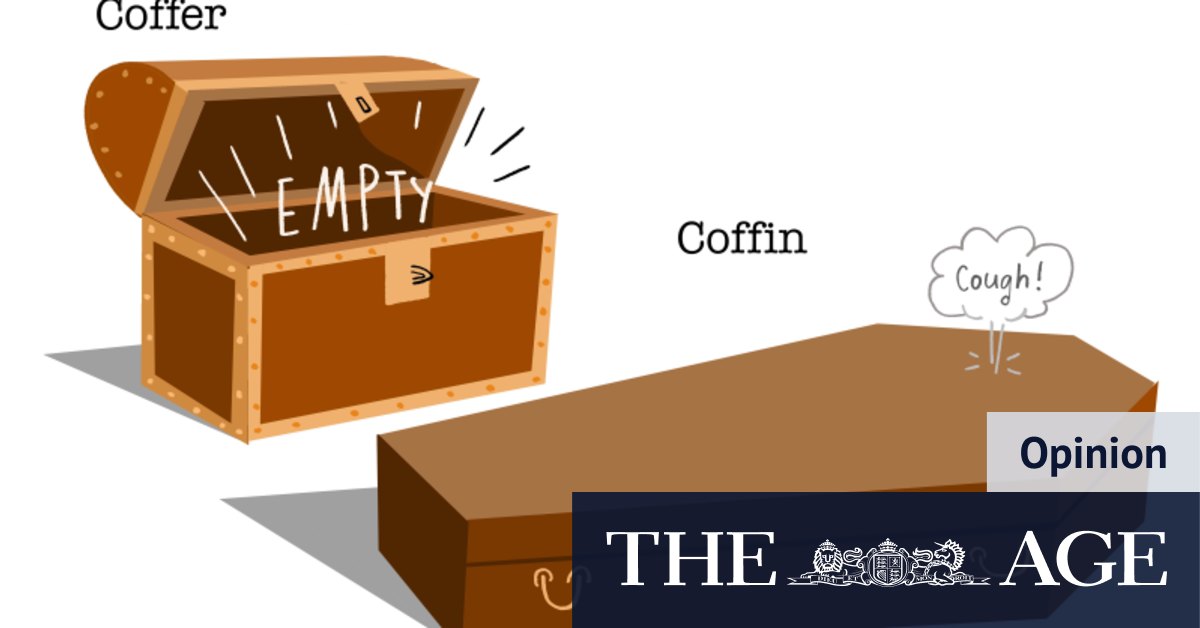My father has had a fall and is going into aged care. I’ve been doing the calculations, and it seems to me that the simple strategy is to put the entire money from the sale of the house into a non-asset tested refundable accommodation deposit (RAD). Is this a good idea?
Aged care guru Rachel Lane says it is not as simple as that. The bigger question is whether you should sell the house. There is a two-year exemption on the home for pension purposes, and for the aged care means test it is only assessed up to a capped value of $210,555.
While it might seem like a no-brainer to sell the house and pay the RAD so you don’t need to pay a Daily Accommodation Payment at 7.61 per cent per annum on the unpaid RAD, you need to look at the whole picture.
When it comes to paying the RAD, it is exempt from the pension assets test but assessable for the aged care assets test. If the house is already sold, then paying money into the RAD makes sense, as you can’t earn 7.61 per cent and have an asset that is exempt from pension anywhere else.
But if the house hasn’t been sold, it pays to do the sums on whether to keep it or sell it before you make the call. If your dad is moving into aged care after November 1, 2025, there is another consideration, an exit fee of 2 per cent a year (up to a cap of 10 per cent) on his RAD. This is an area where specialist advice is always essential.
Are there any ETFs that track the top 200 or 300 companies on the ASX and pay fully franked dividends?
It’s not possible to have an ETF that both mirrors the top companies in the ASX index and pays 100 per cent franking. Franking credits only arise from the tax a company has paid in Australia.

It’s difficult to find an ETF that pays completely franked dividends.Credit: Dionne Gain
That means companies with carry-forward tax losses, or those earning significant overseas income, may pay little or no Australian tax and therefore provide reduced or no franking credits. As a result, any ETF tracking the index will always reflect the mixed franking levels of the companies it holds.
I retired in April 2025 and am about to sell an investment property that I have owned in my name for 20 years. The sale price will be about $600,000, and the original cost in 2001 was $232,250. I have no other income, and I am living off my superannuation. Will I be liable for capital gains tax, and if so, how much?
In general terms, if we assume the property cost base is $260,000 after the addition of purchase costs, and the net sale price was $580,000, you would have a capital gain of $320,000.
For tax purposes, this will be reduced by 50 per cent since you’ve owned the property for more than 12 months. So, $160,000 will be added to your taxable income in the year of sale. You say you have no taxable income, so $160,000 will be your taxable income for the year the sales contract is signed, on which the tax will be about $44,000, including the Medicare levy.
This is something to discuss with your accountant because there could be adjustments for any money you have spent on the property since ownership, and also for depreciation that has been claimed during the ownership period.
Noel Whittaker is author of Retirement Made Simple and other books on personal finance. Questions to: noel@noelwhittaker.com.au
- Advice given in this article is general in nature and is not intended to influence readers’ decisions about investing or financial products. They should always seek their own professional advice that takes into account their own personal circumstances before making any financial decisions.
